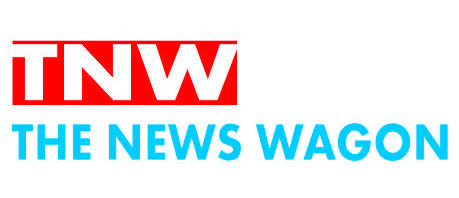New Delhi: As of mid-2025, most people have taken at least one COVID booster dose, with some, particularly the elderly or immunocompromised, having taken two or more. Uptake has slowed in some countries, and the number of boosters given differs from one region to another. Billions of primary doses and over a billion boosters have been administered globally, though many eligible individuals have yet to receive recent boosters.
Frequency of booster shots for COVID
Dr Shrey Kumar Srivastav, Senior Consultant, Sharda Hospital, spoke about the frequency of booster doses that can help.
In the US, the CDC recommends updated vaccines for all individuals aged six months and above, particularly focusing on the most recent variants. Based on current recommendations, local public health agencies determine the frequency of booster doses. You may decide to wait a few months before your next booster if you recently had COVID or a vaccine. These include pan-coronavirus and nasal vaccines, which are still under development. Until then, try to keep your doses up to date as there’s an increased risk of variants emerging. It’s important to remember that staying boosted is essential in maintaining protection against severe disease. Always discuss with your healthcare provider for appropriate guidance depending on your unique medical situation.
Is the COVID-19 vaccine accessible to all?
Dr. Arup Halder, a consultant pulmonologist at CMRI Hospital in Kolkata, also shared his take on the status of Covid booster shot distribution in India.
Total doses administered are over 2.2 billion doses that include both the primary and the booster shots. The booster coverage for 2025 is still unavailable, but earlier studies done in 2023 have suggested that the pool vaccine acceptance rate was 62.6% in India, with hesitancy linked to misinformation and access barriers. The current recommendations of the health authorities are mainly to vaccinate the high-risk groups. They have been asked to take the boosters, the updated MRAA vaccines that is bivalent monovalent, retain its efficacy against outsevere outcomes from JN .1. Therefore, why should we wait for a new vaccine, so experts always emphasise that existing vaccines and boosters still provide critical protection against hospitalisation and severe disease, even if they are less effective at preventing infection outright.
The updated boosters reduce symptomatic infection risk by 50% and CV disease by 80%, again, JN.1 variant and new variant-specific vaccine may take months to develop, so this is not in the current horizon at present. What precautionary measures can we take? The high-risk individuals should prioritise the boosters immediately, wherever available, and continue masking crowded places and following the hygiene protocols. So to conclude India’s COVID-19 situation remains controlled, but vigilance is critical, search highlights the need for localised surveillance and targeted booster campaigns with no immediate plans for JN.1 specific vaccines, existing boosters remain the best defence and we should refrain from spreading any gossips, and we should have vigilant surveillance over the current situation in months to come.
Total doses administered are over 2.2 billion doses that include both the primary and the booster shots. The booster coverage for 2025 is still unavailable, but earlier studies done in 2023 have suggested that the pool vaccine acceptance rate was 62.6% in India, with hesitancy linked to misinformation and access barriers. Health News Health News: Latest News from Health Care, Mental Health, Weight Loss, Disease, Nutrition, Healthcare




